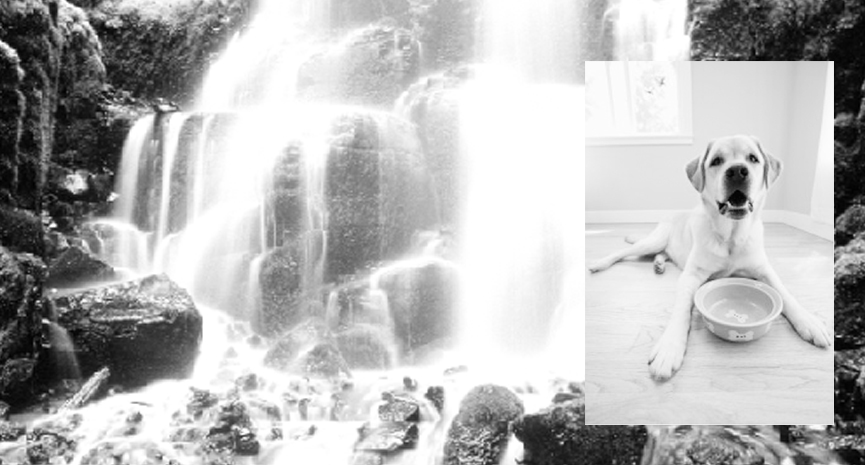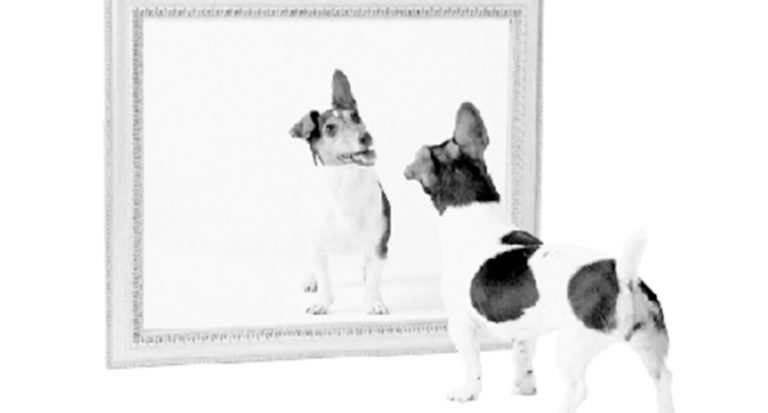Water is the most important of all the nutrients. An animal can lose all of its fat and half of its protein and survive, but only a 10% loss of body water causes serious illness. For instance water constitutes 84% of a newborn puppy and 60% of an adult dog. Water is necessary for almost every function the animal body performs.
Municipal and well water options can contain many harmful things, even parasites and they don’t discriminate between pets and people! Some folks feed their pet’s bottled water and that can cause more problems because it is extremely expensive and continues to add waste to our landfills. Only about 27% of plastic bottles are recycled! Despite the waste plastic bottles create, some bottled water is just bottled tap water.
Interestingly while critical in life, some animals have adapted to having very little of it around. Some northern sled dogs will go months without any liquid water, surviving on consumed snow and ice. Lions in the Kalahari Desert will go up to four months, surviving on only the moisture derived from their prey. Hibernating bears will sometimes go for six months or longer without taking in any water and deliver and nurse cubs at the same time! Yet on a hot day, the average dog or cat can become dehydrated in only a few hours if fresh water is not present. Water is so essential that it is often taken for granted. Considering the huge quantity and importance of water consumed in a lifetime it is important that the quality of the water is the best possible.
Fish, who live in water, can be greatly affected by water with high levels of chlorine or ammonia; chemical used in some treatment plants. A certain pH value is needed in tank water for fish to have a proper living environment. Also, poor quality water can be more prone to ‘bad’ algae. Check with your aquarium retailer for specifics.
For amphibians and more “wet” pets, they do not drink water, but absorb it. Frogs, salamanders and others in this category need water to absorb through their skin and the higher that quality, the longer they will live. If one finds a tadpole and wants to keep it as a pet, it is best to not use tap water; they are very sensitive to water quality.
Cats and dogs, the two most common pets, need fresh water and plenty of it. On a side note, cats are very finicky about their water; they like it fresh. The longer the water sits out, the more oxygen it loses.
There are many different factors that affect the needed intake of a dog, cat, puppy or kitten–so many that it is always wise to provide access to water at all times so that the animal can regulate its consumption as needed. A general rule of thumb is that an animal needs to consume 2.5 times the amount of water, as its daily intake of food. If an animal eats 2 lbs. of dry food it should consume 5 lbs. of water. (There are 8 lbs. in a gallon.) If he eats 4 oz. of dry food, he should drink 10 ounces of water (1.25cup). Factors such as high heat and exercise or lactation can increase the needed amount two or three times above normal. Most animals consume more than their daily requirement. A little extra water consumption never hurts, but too little can be catastrophic. Animals that eat canned foods get most of their moisture from the food and may drink much less than an animal on dry food.
But the finest water in the world will not help if it is placed in a dirty container. Unwashed water bowls can harbor all kinds of bad organisms and should be washed daily and disinfected periodically. Stainless steel bowls are the easiest to keep clean and resist scratches that can harbor bacteria, stoneware crock-style dishes are also a good option.
When an animal does not feel good they stop drinking. At the same time, fevers or other disease processes can greatly increase the animal’s need for water. When these two occur at the same time an animal rapidly becomes dehydrated. Replacing lost fluids and preventing dehydration is one of the most important aspects in the treatment of all sick animals. And water consumption is closely related to performance. Dogs that drink during exercise stay cooler and are able to burn glucose more effectively. One study showed that dogs that were given water during exercise increased working ability by 80%.
Water is the basis for life and a crucial part of a living being’s health.





